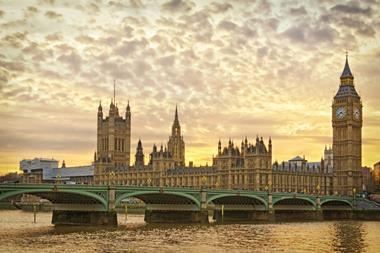British Airways’ Airways Pension Scheme (APS) used a “captive insurer” to hedge £1.6bn (€1.8bn) of liabilities against increases in member longevity.
In a letter to members, APS’ trustee board said it had established its own insurance company based in Guernsey earlier this year to take on the risk, which was then reinsured by Partner Re and Canada Life Re.
The £7bn scheme previously hedged roughly £2.6bn of liabilities through two longevity swap transactions backed by Rothesay Life, completed in 2010 and 2011.
However, the trustees said “favourable pricing” had allowed them to bypass this step and deal directly with the reinsurers.
It means APS has hedged roughly 60% of its liabilities against improvements in members’ life expectancy.
The move echoes similar transactions involving the BT Pension Scheme (BTPS) and the Merchant Navy Officers’ Pension Fund (MNOPF).
At £16bn, the BTPS deal, completed in July 2014, is still the biggest ever longevity swap transaction. MNOPF’s deal the same year hedged £1.5bn in liabilities.
Several UK insurance companies, including Aviva and AXA, have acted as the insurance intermediary for their own pension schemes’ longevity swaps.
APS is the smaller of British Airways’ (BA) two main defined benefit pension schemes. It was closed to new members in 1984, with staff joining after that point going into the £13.1bn New Airways Pension Scheme (NAPS).
BA is about to launch a consultation regarding the potential closure of NAPS to existing members.
APS has been involved in a long-running legal dispute with BA over discretionary increases introduced by the trustees. The scheme won a case in the UK High Court earlier this year but BA has lodged an appeal against the ruling.








No comments yet